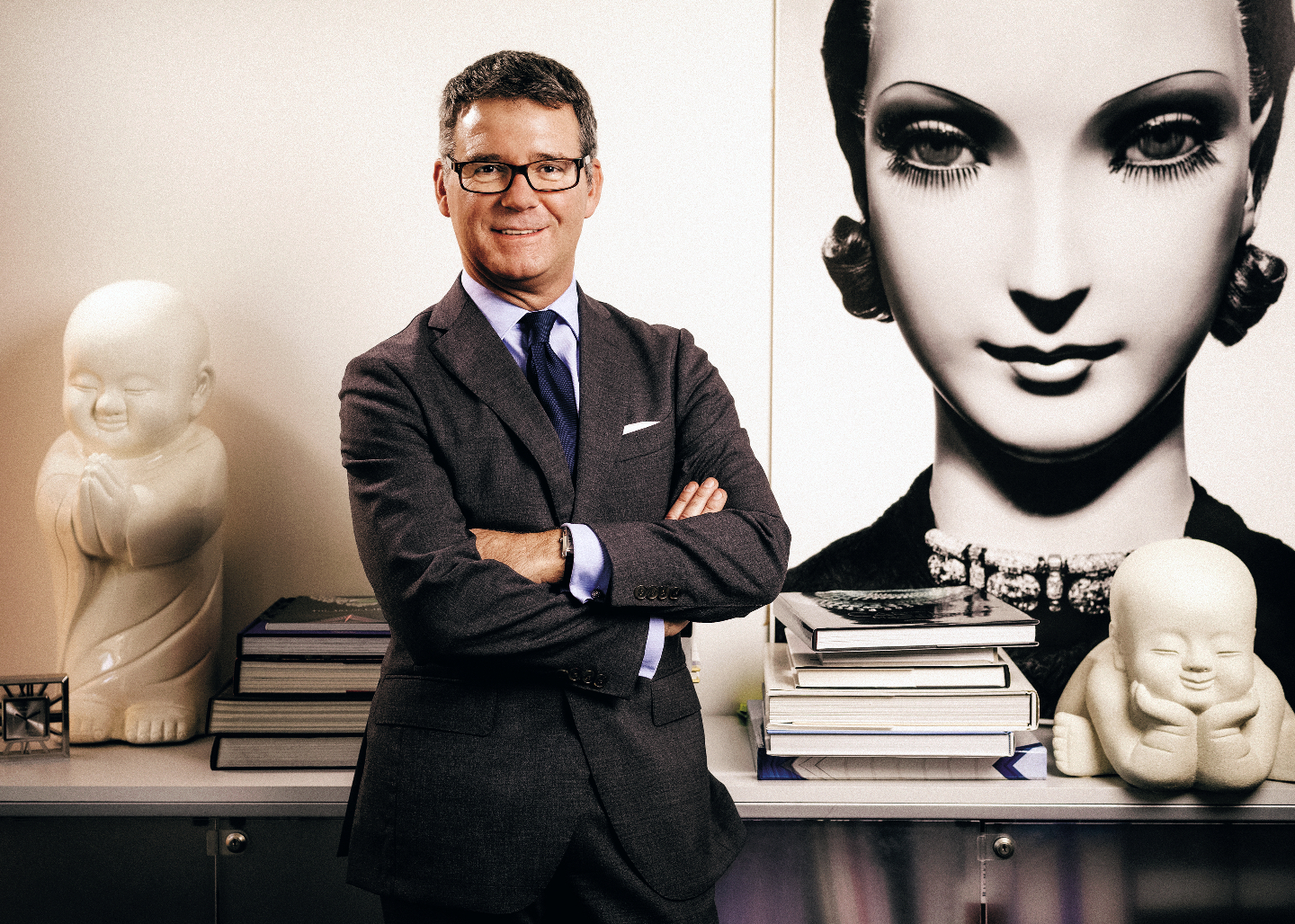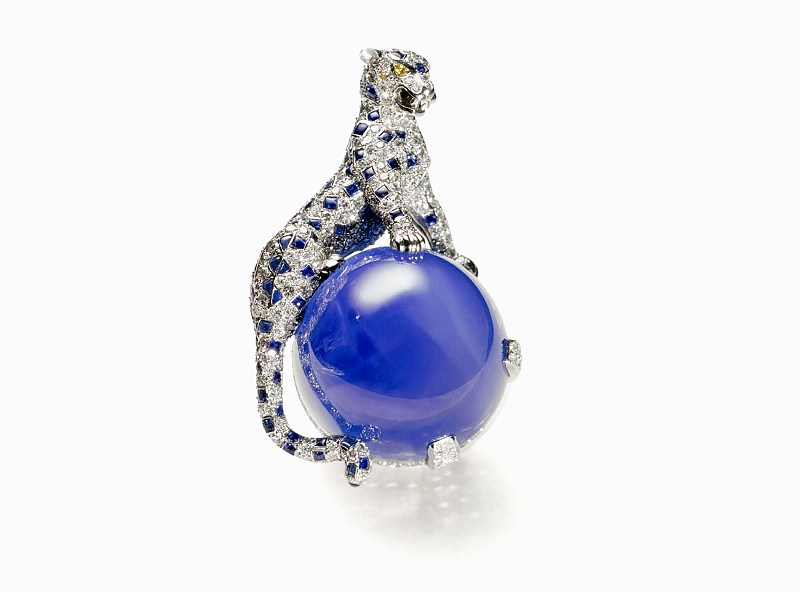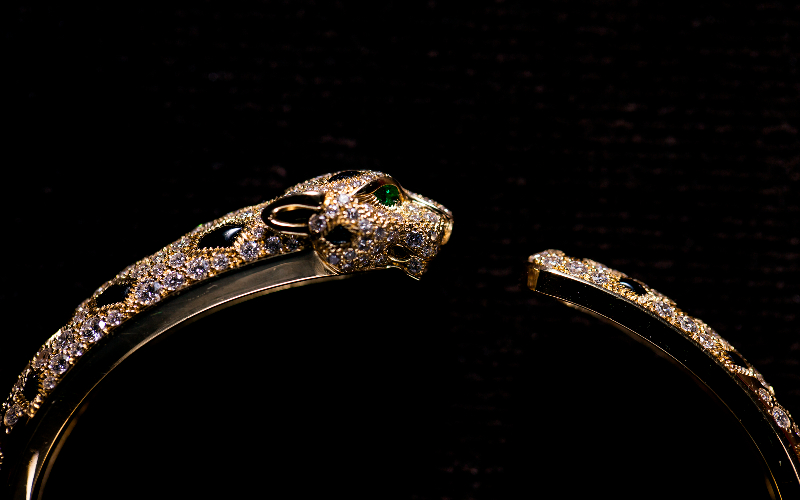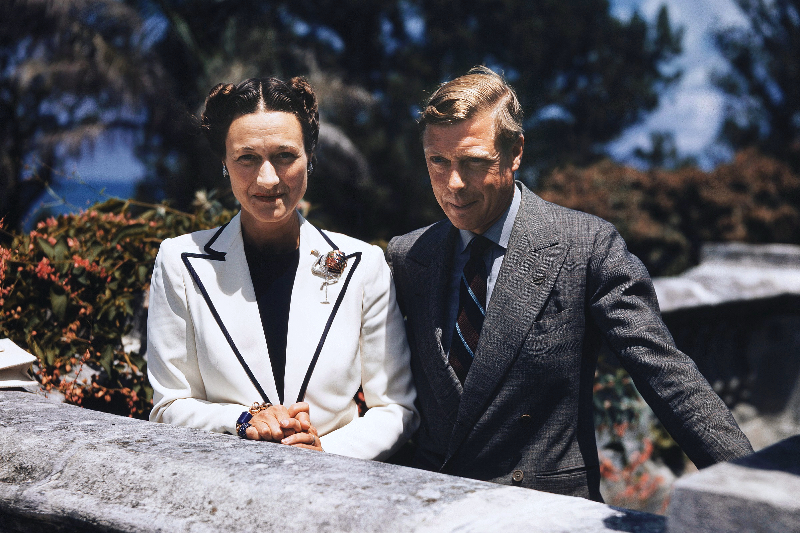
Pierre Rainero talks about the brand's pride of the panther (All photos: Cartier)
The Panthère has been a creative signature line for Cartier since 1914, occupying a special place in the maison’s long-standing history. The brand has an ephemeral installation dedicated to the emblematic Panthère de Cartier at its Pavilion Kuala Lumpur boutique until May 31, bringing together a transversal universe of Panthère, from watches and jewellery to fragrances and accessories. In an exclusive Q&A, Cartier’s image and heritage director Pierre Rainero talks about the legendary motif and its significance to the French jeweller and watchmaker.
Options: What does Panthère mean to Cartier in the 21st century?
Pierre Rainero: First of all, we have to say that the symbol and strength behind the representation of the animal as a piece of jewellery is as strong now as it was in the beginning — at least, the mid-1940s — when the motif appeared in 3D on a brooch for the Duchess of Windsor. Not all women recognise themselves in a panther; there’s the notion of strength, independence, and also the idea of being transparent with one’s spirit in front of others, which is something not everyone is ready to share. The panther is an animal not like any other, and it became a symbol of Cartier’s free spirit in terms of creation, boldness, attitude and elegance. Acknowledging this, the maison uses the panther in its communication, together with the colour red. So, the panther has grown beyond a piece of jewellery to a symbol showing the originality of Cartier as a jeweller.
duchess_of_windsor_cartier_panther_brooch.jpg

How would you say the Panthère line has evolved since the early 1900s?
The first allusion to the panther was made through its fur in 1914 and 1915. Then, there was the figuration on beauty cases in 1920, and a wait until 1940s for brooches in three dimensions — the first was a special order from the Duchess of Windsor, and the second was acquired immediately by the Duke and Duchess. In the beginning, the pieces were mostly brooches, [followed by] bracelets and earrings. You had to wait until the 1980s to see the panther on necklaces.
It has gone beyond the original idea, daring to style a panther around the neck instead of just a brooch. Because the panther as a Cartier creation is so well known, many stylisations are now possible — only the head, for example, or only the pattern of its fur. In the last high jewellery collection, we used a pixelated version of the panther’s fur. So yes, we can go very far, thanks to the growing culture of the existence of panthers within Cartier.
How central is the panther in the design process — is its pose and position decided upon first and the jewellery designed around that, or vice versa?
It depends on the object. If we start with a specific stone, the nature of the panther is inspired by the gem and linked to it. If it is a piece that will not include a stone, meaning a panther in solid gold and pavé diamonds, the freedom of imagination is total.
What are some of the challenges that arise in using the Panthère motif or sculpture?
I think what is always, always difficult is the sense of proportion. In nature, there are many different kinds of panthers, so you have an array of choices, and the danger is to mix elements. Every time it’s a new creation, we have to evaluate the body of the animal and its movement — which is key for Cartier because all our great cats are in movement and this is hard to represent. When for instance, the panther includes a stone, very often it is linked to the legs of the panther. So, we must be very careful to not exaggerate its proportions. What many people don’t know is how long panthers’ tails are, actually! Every panther is a new challenge and we have to be careful when considering its movement, proportion and expression.
crn67154_-_cartier_-_bracelet_panthere_de_cartier_2.jpg

How many crafts have been applied to the making of the Panthère? What are some that show off the motif or figure at its best?
Of course, the craftsmanship involved is different based on the materials we use. The attention will also be different for this reason. The use of diamonds, for example, lends a very specific effect to the perception of the panther’s movement.
Are there any crafts that have proved to be elusive, unsuitable or too difficult to apply when sculpting or detailing the Panthère?
Not really. So far, we have not found difficulties in applying any crafts to construct the panther. We have used many métiers d’art on dials in watchmaking to great success as well, so I don’t think there is any complication with three or two dimensions. The interpretation in terms of ideas is endless. We like using the panther with a function, in the case of complicated watches. For example, a panther playing with the moon and the sun. We have a moving panther in an automaton watch — we like to use the panther not only as a décor but to create a story that links the presence of the animal to the function of the movement.
What would you say is the most iconic Panthère timepiece in Cartier’s archive or collection, and why?
The one from 1949, because the attitude of the panther and the presence of a very significant sapphire make it a very important piece of high jewellery. It is one with no equal, owing to its original idea, craftsmanship and, of course, its famous owners, the Duke and Duchess of Windsor, which adds even more glamour to the story.
1940_-_the_duke_and_duchess_of_windsor_flamingo_brooch_superstock_leemage.jpg

How does the Panthère watch collection distinguish itself in Cartier’s stable of timepieces?
As well as in jewellery, it illustrates the different ways of exploring aesthetics. Cartier in watchmaking is very well known for its shapes — expressed in the Tank, Ballon Bleu and so on. It’s interesting to see there is another road that is more expressive, more figurative and different from other watchmakers. There’s no refusal in creation as long as it corresponds to our values.
Who is the Panthère wearer? What draws someone to the collection?
We don’t think there is a Cartier wearer — based on our long history, a Cartier object speaks to one’s inner soul. You cannot force yourself to like something when it comes to jewellery, because it’s a symbol of yourself and it is you, forever. I think there is that feeling deep in any person and that’s why you don’t choose jewellery, but it chooses you, because it speaks to you somehow. It’s difficult to know who will be attracted to Panthère jewellery for this reason.
How do you see the Panthère evolving over the next century to stay relevant, especially as these majestic animals themselves are endangered?
It’s true, and Cartier is very active in selected countries where this problem arises to help protect panthers. It’s an issue for many reasons in various countries. The future is wide open because the symbol is still very strong and I believe that more and more, there will be possibilities to enjoy the animal interpreted by Cartier.
This article first appeared on May 16, 2022 in The Edge Malaysia.


